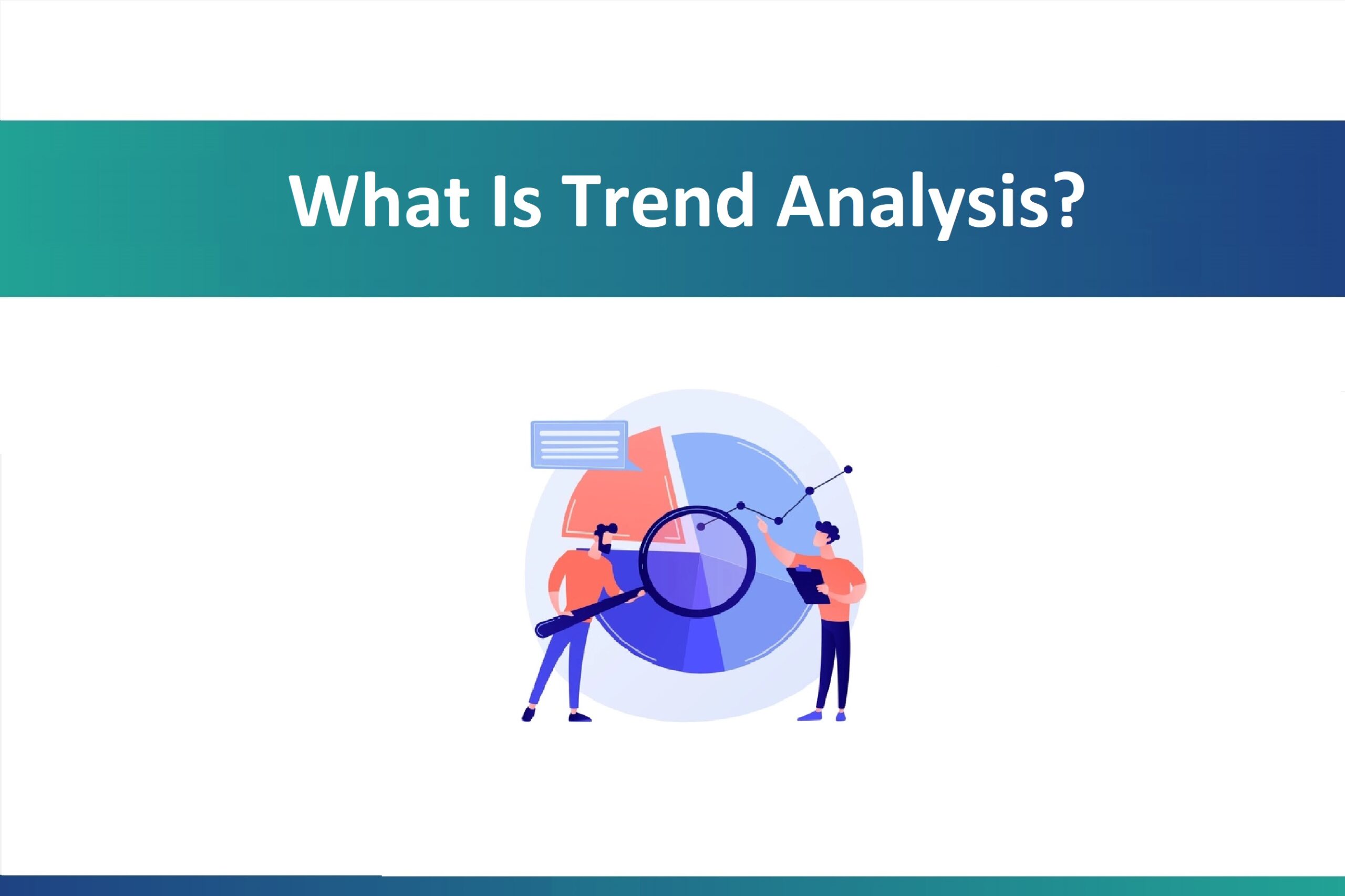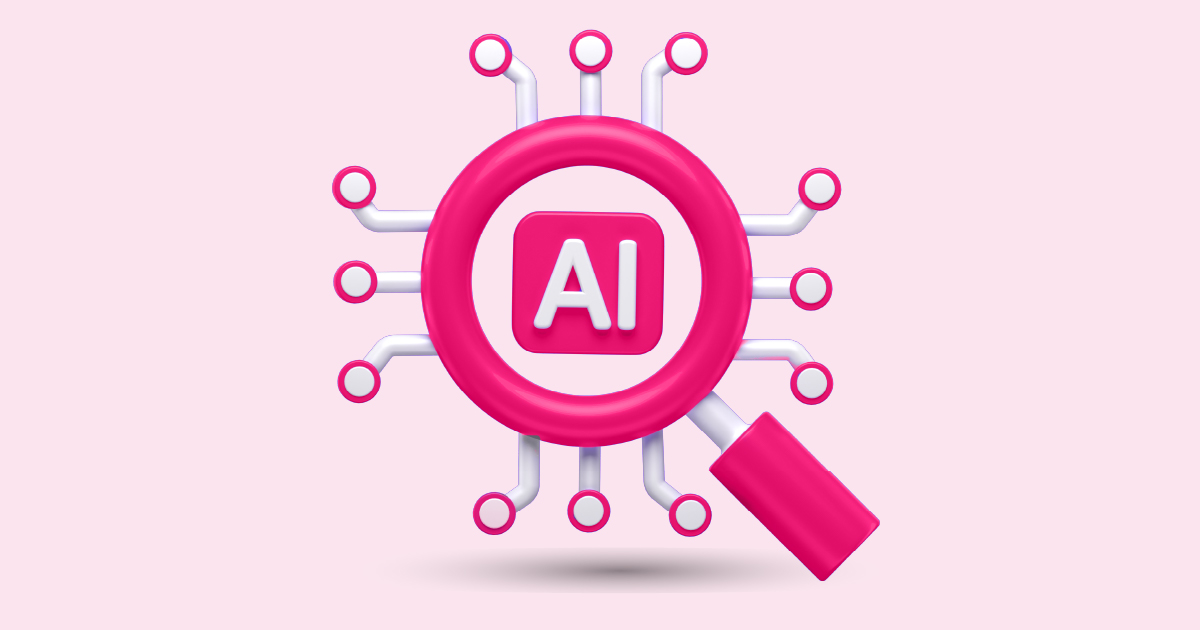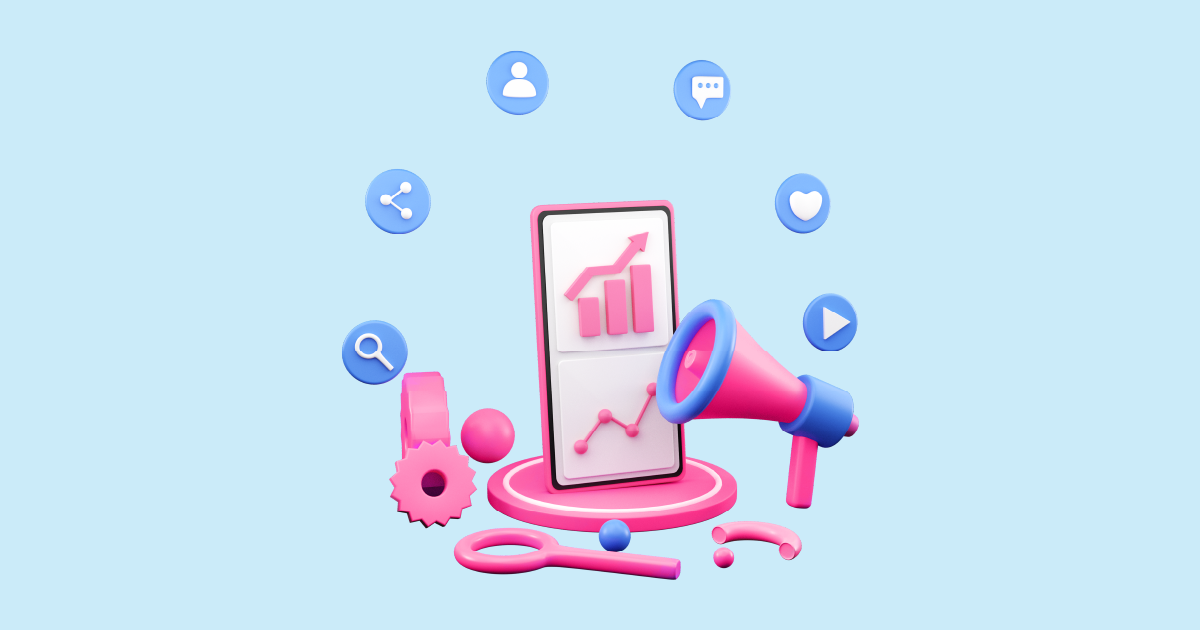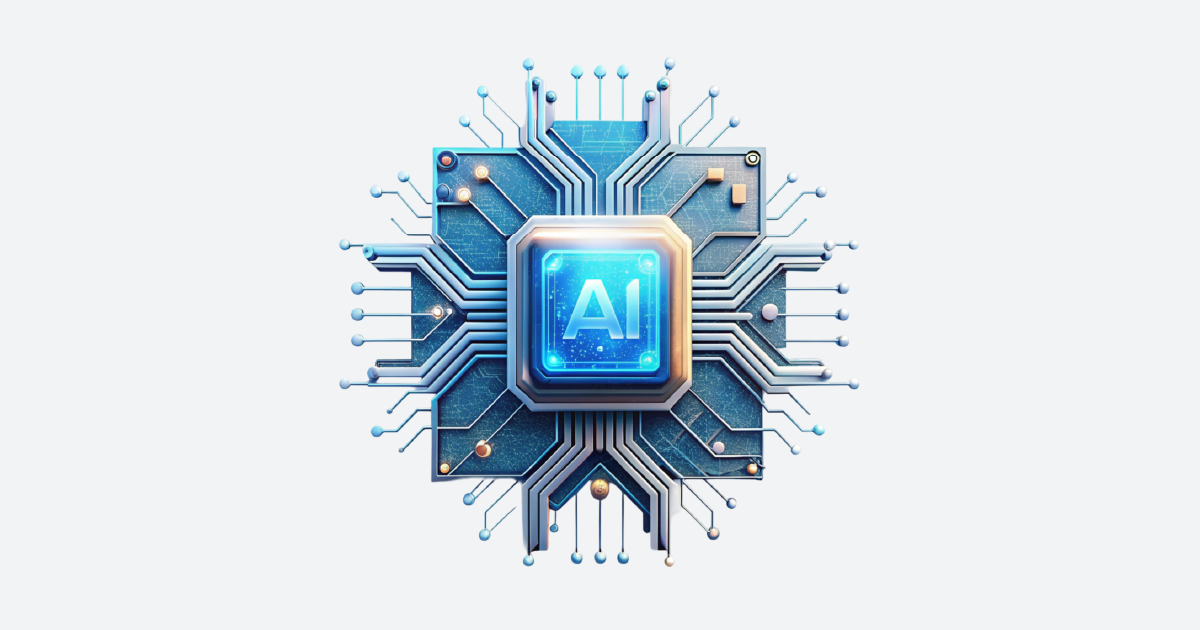In the fast-paced world we live in, staying ahead of the curve is paramount. One effective strategy that businesses, industries, and even individuals employ is trend analysis. In this article, we will delve into the intricacies of trend analysis, exploring its methods, real-world trend analysis example, benefits, challenges, tools, and steps to conduct effective trend analysis.
Trend Analysis Example: Unveiling Patterns in the Shifting Landscape

1. Definition of Trend Analysis
Trend analysis is the process of examining data over time to identify patterns, assess variations, and predict future directions. It’s a crucial tool for anyone looking to navigate the complexities of a dynamic environment.
2. Importance of Trend Analysis
The significance of trend analysis lies in its ability to offer insights into the past, present, and future. By understanding trends, businesses can make informed decisions, mitigate risks, and gain a competitive edge.
Methods of Trend Analysis
1. Historical Data Examination
One of the fundamental methods involves scrutinizing historical data. This allows for the identification of recurring patterns and the assessment of their impact on various variables.
2. Statistical Analysis
Statistical methods play a pivotal role in trend analysis. Analyzing numerical data helps in recognizing correlations, deviations, and trends that may not be apparent through qualitative observation alone.
3. Market Surveys and Feedback
Gauging consumer sentiment through surveys and feedback provides valuable qualitative data. This human-centric approach enhances the overall accuracy of trend predictions.
Key Components of a Trend Analysis
1. Identifying Patterns
Recognizing patterns is the cornerstone of effective trend analysis. Whether it’s consumer behavior, market trends, or technological advancements, identifying patterns is essential for accurate predictions.
2. Data Collection
Accurate trend analysis requires robust data collection. This involves gathering information from diverse sources, ensuring a comprehensive understanding of the variables at play.
3. Data Interpretation
Interpreting data correctly is as crucial as collecting it. A nuanced interpretation enables organizations to draw actionable insights from the raw data.
Real-world Trend Analysis Example
1. Fashion Industry Trends
The fashion industry relies heavily on trend analysis to anticipate shifts in consumer preferences. From colors and fabrics to styles and aesthetics, trend analysis helps designers stay ahead of the ever-changing fashion landscape.
2. Stock Market Trends
Investors use trend analysis to predict stock market movements. By analyzing historical stock data, investors can identify patterns that indicate potential future trends, aiding in strategic investment decisions.
3. Technological Advancements
In the tech world, trend analysis example is instrumental in anticipating the next big innovation. Whether it’s the rise of a new technology or the decline of an outdated one, trend analysis guides companies in staying innovative and relevant.
Benefits of Incorporating Trend Analytics
1. Strategic Decision Making
Trend analysis equips decision-makers with the information needed to make strategic choices. From product development to marketing strategies, businesses can align their actions with emerging trends.
2. Risk Mitigation
By understanding trends, organizations can proactively identify and mitigate potential risks. This proactive approach is invaluable in industries where unforeseen shifts can have significant consequences.
3. Competitive Advantage
Staying ahead of trends provides a competitive advantage. Businesses that can anticipate changes and adapt accordingly are more likely to outperform their competitors.
Common Challenges
1. Data Accuracy Issues
One common challenge is ensuring the accuracy of the data used for analysis. Inaccurate data can lead to flawed predictions, highlighting the importance of data validation and quality assurance.
2. Rapid Changes in Trends
The dynamic nature of trends poses a challenge. Trends can change rapidly, making it essential for organizations to have agile processes that allow for quick adaptation.
Trend Analysis Tools
1. Data Analytics Software
Sophisticated data analytics software plays a crucial role in trend analysis. These tools enable organizations to process vast amounts of data efficiently, extracting meaningful insights.
2. Machine Learning Algorithms
Machine learning algorithms enhance trend analysis by identifying complex patterns that may elude traditional analytical methods. The ability to learn and adapt makes these algorithms invaluable in trend prediction.
3. Artificial Intelligence in Trend Analysis
The integration of artificial intelligence further elevates trend analysis. AI can process massive datasets, recognize subtle patterns, and provide highly accurate predictions.
Steps to Conduct Effective Trend Analytics
1. Define Objectives
Before diving into analysis, it’s essential to define clear objectives. Knowing what you want to achieve ensures a focused and meaningful trend analysis process.
2. Gather Relevant Data
Collecting relevant data is the foundation of effective trend analysis. Ensure that the data collected aligns with the defined objectives and encompasses all relevant variables.
3. Analyze and Interpret Data
The analysis phase involves applying various methods to interpret the collected data accurately. Statistical analyses, qualitative assessments, and data visualization techniques can be employed.
4. Identify Patterns and Trends
The ultimate goal is to identify patterns and trends within the data. This step forms the basis for making informed decisions and predictions.
Future Trends
1. Integration of Predictive Analytics
The future of trend analysis lies in predictive analytics. Integrating predictive models allows organizations to anticipate trends before they fully emerge, providing a competitive edge.
2. Cross-industry Collaboration
As trends become more interconnected, cross-industry collaboration will be crucial. Sharing insights and data across sectors will enhance the accuracy of trend predictions.
3. Enhanced Automation
The automation of trend analysis processes will become more prevalent. AI-driven systems will streamline data collection, analysis, and interpretation, making trend analysis more efficient.
Conclusion
In conclusion, the trend analysis example is a powerful tool that unveils patterns and insights crucial for success in a rapidly evolving landscape. By understanding the methods, benefits, challenges, and future trends in trend analysis, individuals and businesses can navigate change with confidence.
For hands-on experience in trend analysis, request a demo from AIM Technologies today!
FAQs
What is the primary purpose of trend analysis?
- Trend analysis helps individuals and businesses understand patterns in data over time, enabling them to make informed decisions and predictions.
How often should a company conduct trend analysis?
- The frequency of trend analysis depends on the industry and the pace of change. However, regular analysis, at least quarterly, is recommended to stay proactive.
Can trend analysis be applied to personal development?
- Yes, trend analysis principles can be applied to personal development by examining patterns in behaviors, skills, and achievements over time.
Are there any risks associated with overreliance on trend analysis?
- Overreliance on trend analysis without considering external factors can lead to inaccurate predictions. It’s essential to balance trend analysis with a holistic understanding of the environment.
What role does technology play in modern trend analysis?
- Technology, including data analytics software, machine learning, and artificial intelligence, plays a pivotal role in modern trend analysis by enhancing data processing, pattern recognition, and prediction accuracy.





Hello my loved one I want to say that this post is amazing great written and include almost all significant infos I would like to look extra posts like this